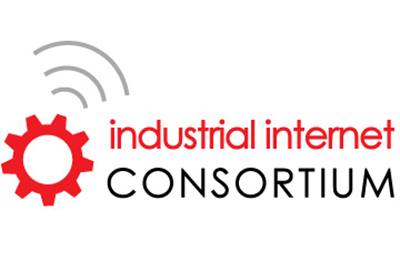Industrial Internet Consortium Publishes Guidance on Digital Twins

February 26, 2020
The Industrial Internet Consortium (IIC) published a new whitepaper, “Digital Twins for Industrial Applications: Definition, Business Values, Design Aspects, Standards and Use Cases.” This whitepaper provides practical guidance on digital twin, including the definition, benefits, architectures and the necessary building blocks to implement one. It illustrates the relationships between an IIoT system and its twin with use cases.
“Although many vendors offer digital twin as part of their IoT offering, the notion of digital twins existed since before IoT, under different names and different definitions. As a result, there have been different interpretations of digital twins, driven by the use cases in which digital twins play a role. This diverse understanding of digital twins is a barrier to propose generic architectures for digital twins and their position in industrial systems,” said XMPro CEO, Pieter van Schalkwyk and co-author of the paper.
“With this paper, we took a step toward providing a concrete definition of digital twin from an IIC perspective and elaborated on industrial scenarios in which digital twin plays a significant role to bring clarity to current use cases and to enable new use cases. The clearer technical understanding of digital twins and their applications lay a foundation for the further work on including digital twins in the IIC Industrial Internet Reference Architecture (IIRA),” said Yo-I CTO, Shi-Wan Lin and co-author of the paper.
The paper identifies:
- the defining characteristics of a digital twin,
- relations among digital twins to form composite systems
- the role of digital twins in the lifecycle of entities, considering the scenarios with and without digital twins and the business value of digital twin,
- digital twin internal design,
- followed by a more detailed description of various design decisions,
- an overview of standards for digital twin, which could be considered in the design of digital twins, and
- example usages of digital twins in various industries.
This whitepaper can be used by business and technical leaders to gain a better understanding of the concept of digital twin and the its industrial applications in the technical context of building up new IIoT systems and improving existing ones, and in the broader business context of advancing their digitalization process.
The whitepaper, “Digital Twins for Industrial Applications: Definition, Business Values, Design Aspects, Standards and Use Cases,” and a full list of members who contributed to it can be found on the IIC website.










![Guide to the Canadian Electrical Code, Part 1[i], 26th Edition – A Road Map: Section 10 – Grounding and Bonding](https://electricalindustry.ca/wp-content/uploads/2022/11/Guide-CE-Code-2.png)





